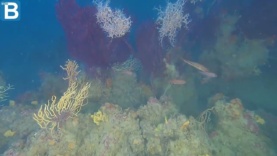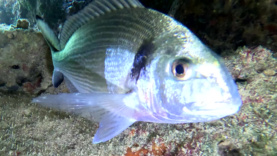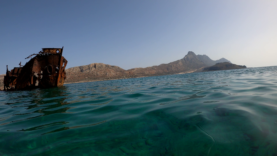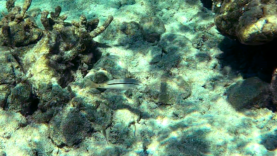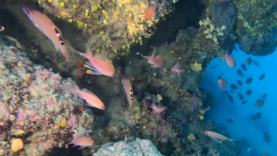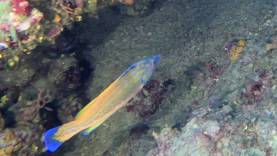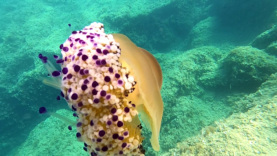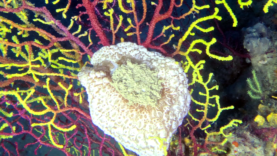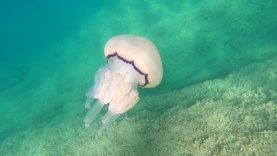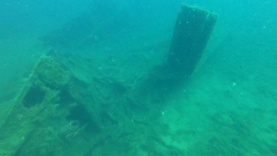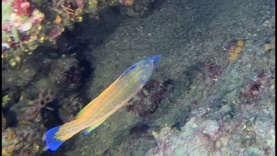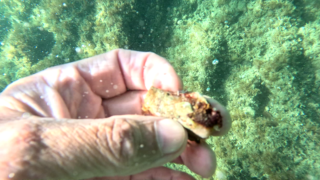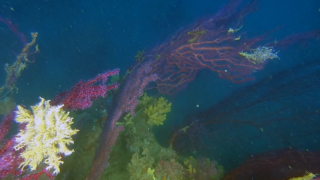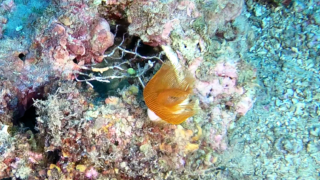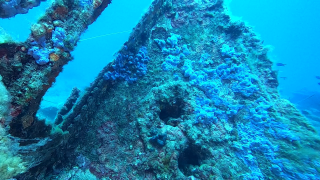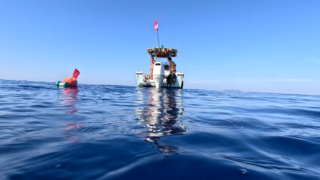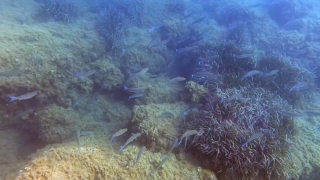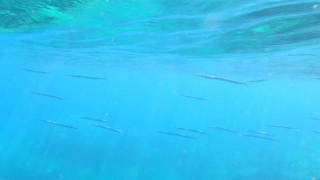Cuckoo Wrasse male
The Cuckoo wrasse (Labrus mixtus), belongs to the class Osteichthyes, subclass Actinopterygii, order Perciformes, suborder Percoidei, family Labridae. The cuckoo wrasse is a protogynous hermaphrodite, and females can change sex into males, a process which takes around seven months. In this short and interesting video you can observe the phase in which a female has just begun the transformation to become a male: in fact the electric blue color and the darker bands are starting to become evident, but have not yet covered the body as in the phase of complete transformation. The cuckoo wrasse is a species of wrasse native to the eastern Atlantic Ocean from Norway to Senegal, including the Azores and Madeira. It is also found in the Mediterranean Sea. They can be found amongst the algae on rocky shores at depths from 2 to 200 m, though mostly between 40 and 80 m. This species is an important food fish for local populations and is also popular as a game fish. It is also a popular fish for display in public aquaria. tordo fischietto maschio
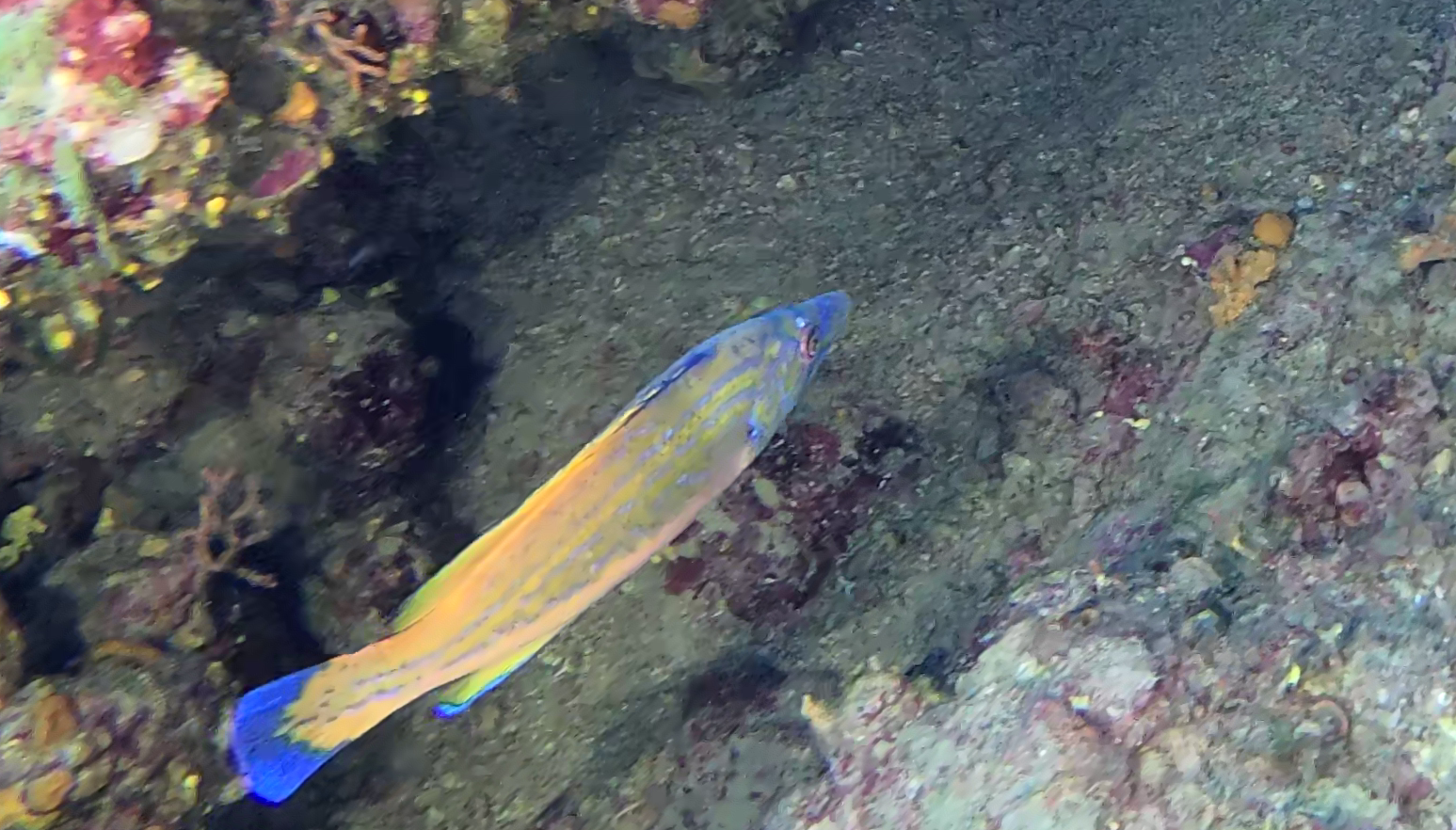
This species is sexually dimorphic. The male normally has a blue head with a blue body and orange pattern and blue tail. During the breeding season. the body colouration gradually changes to an orange head and body with a blue pattern that may be more pronounced at the head. The male can reach 40 cm. The female, however, has an orange head, body, and tail with a black stripe on the dorsl fin broken up by a number of white spots. Females can grow to 30 cm. The cuckoo wrasse has a long, pointed head, its body is slimmer and more elongated in shape than the ballan wrasse (Labrus bergylta), with which it is sympatric in the north eastern Atlantic. It is a very colourful fish which shows clear sexual dimorphism. The young males and the females are coloured with a mix of pink, orange and red. The females possess three black spots on their back to the rear of the dorsal fin, with white colouration between then which stretch to the tail which are not present on males.
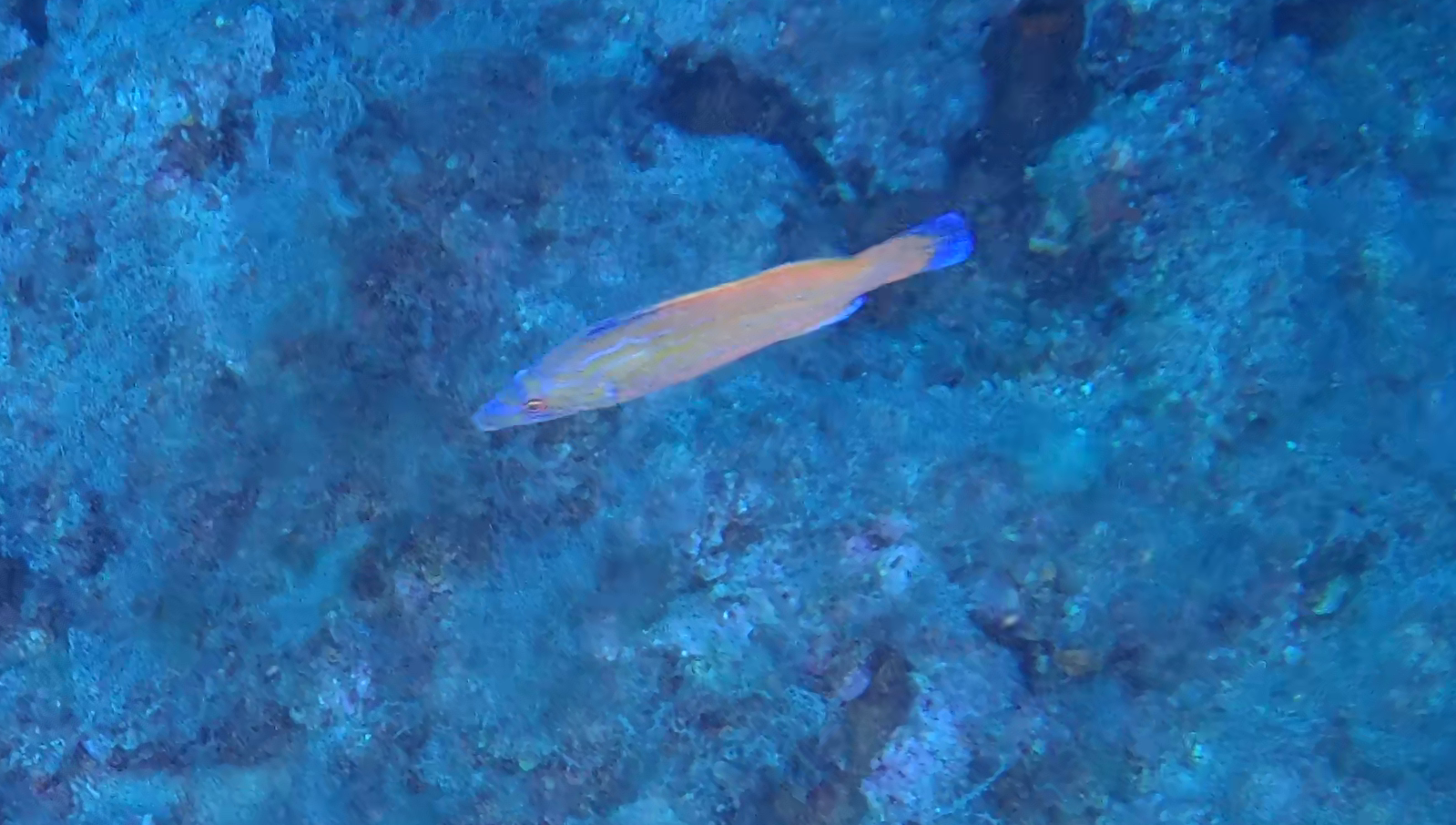
The males have blue heads and orange bodies, blue stripes and mottled patterns run along the body and there are blue lines on the margins of the fins. Like the ballan wrasse, the cuckoo wrasse has a small mouth with thick fleshy, folded lips and a single row of canine-like teeth in each jaw. The maximum total length for a male is 40 centimetres and for females it is 30 centimetres, although the common total length for males is 30 centimetres. The long dorsal fin is even in height along its length and this species has large scales which are bigger than the pupil of the eye. The cuckoo wrasse is found where there are rocks and other hard substrates in the algal zone at depths of 2–200 metres, but are mainly found between 20–80 metres. It is also associated with area dominated by coralline algae. This species shows a preference for slightly deeper water than the ballan wrasse, with which it is sympatric off western Europe and only occasionally enters very shallow inshore waters. In the Azores adults of this species is normally not encountered above depths of 50 metres, although juveniles may be found at shallower depths occasionally.
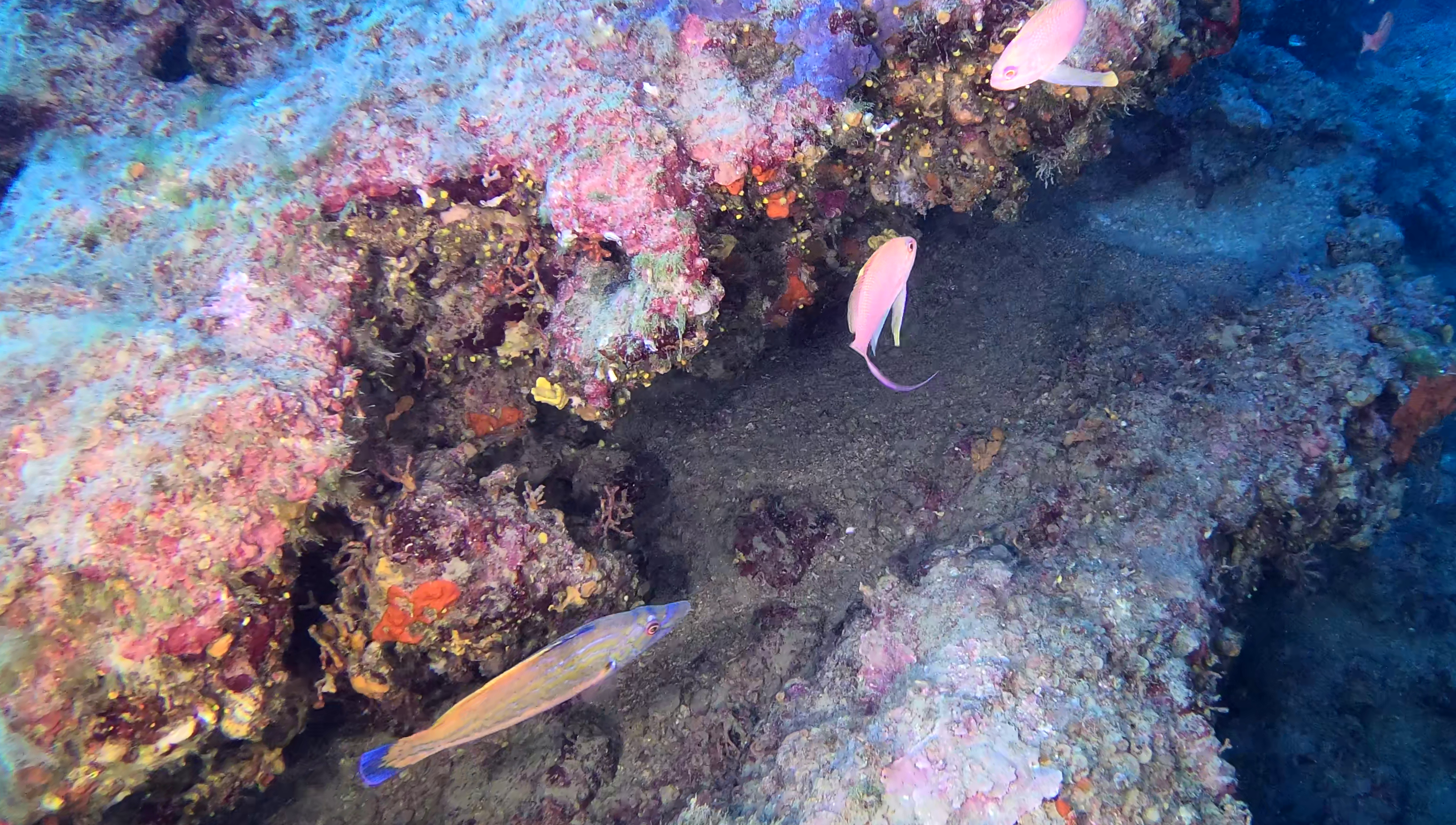
They are normally found occurring as solitary individuals or in pairs with young. They are oviparous and the female can lay up to a thousand eggs in a dish-shaped nest made by the male from algae, which he then guards. The diet consists mainly of crustaceans but it will also take fishes, molluscs and worms. The cuckoo wrasse is occasionally eaten but wrasse flesh is not popular in many places, for example in Britain, so it is not much in demand from commercial fisheries. It is fished by recreational anglers and, as they are long lived fish their populations can be affected by too high a catch, they are fished for on a catch and release basis. In Norway, cuckoo wrasse (along with other wrasse species) are used in salmon farming to eat salmon lice from the farmed fish. This leads to overfishing in some areas, and a noticeable decrease in population in selected areas.

